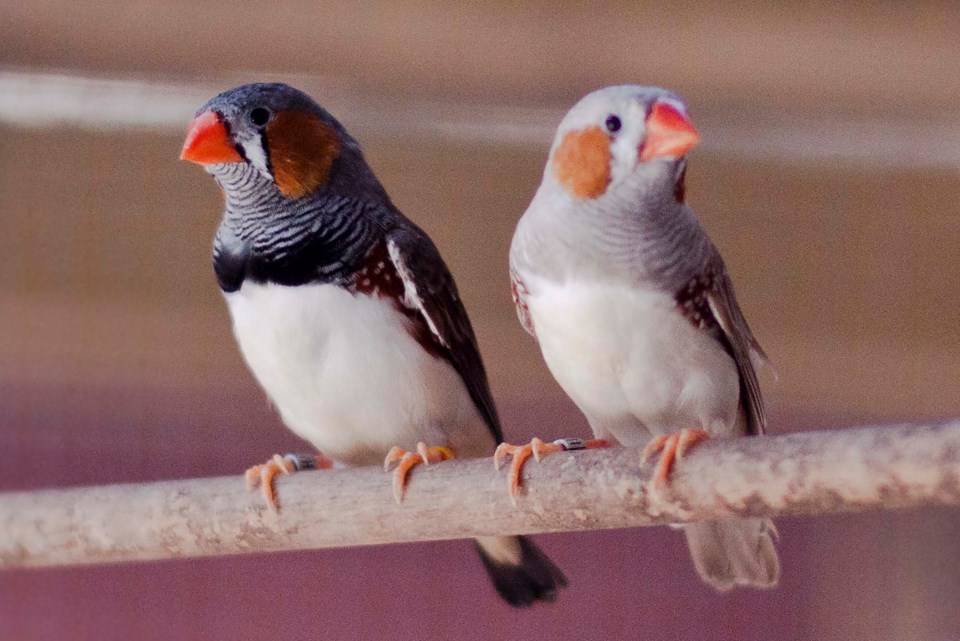New research from an American university has for the first time confirmed that window decals can stop birds from hitting windows — but only if they’re applied to the window’s outer surface.
Biologist John Swaddle and his team at William & Mary (a university in Williamsburg, Va.), published a study in the open access journal PeerJ Feb. 2 on the effects of window films on bird collisions.
More than a billion birds die each year from smacking into windows they mistake for open air, the study noted. Many bird-lovers try to prevent these deaths by putting decals on windows to make these transparent objects more visible.
“A lot of people who buy decals, especially if the windows are above the ground floor, they take the easy route and stick them on the inside,” Swaddle said, despite the fact that many come with instructions saying they should go on the outside surface.
Swaddle said he and his team realized that no one had actually ever done a formal study on which side of a window was best for bird deterrents.
The team set out to test the effectiveness of two different window films at deterring bird strikes. One film had UV-disrupting stripes invisible to humans but visible to birds while the other had orange-and-black diamonds.
The team built a pair of double-pane glass windows with a mist net one metre in front of them. The windows were either treated with one of the two films on their inner or outer surfaces or left untreated. The team placed captive-bred zebra finches in a dark tunnel facing the windows, made a loud noise to spook the birds into flying, then used the birds’ trajectory prior to hitting the net to determine if a collision would have happened.
Useful only outside
The team found the birds were three to nine times more likely to have hit untreated windows than treated ones, suggesting that the films did deter bird strikes. However, this was only true when the films were on the outer, bird-facing side of the window; the films made no difference if they were on the inside.
Swaddle said this came as a surprise to his team, as they had expected the films to have at least some effect even if on the inner surface.
“Those two panes of glass filter and reflect a lot of light,” he said, preventing birds from seeing the decal on the inside of a window while reflecting an image of the outdoors on the outside, negating the decal’s effects.
Swaddle said these results would likely apply to all bird decals, as the team chose films which covered the full spectrum of light visible to birds.
Kelly Gray, manager of Wild Birds Unlimited in Edmonton, said she wasn’t surprised by this study’s results.
“Your goal is to break up that reflection of the outdoors,” Gray said of decals, and if the decals are on the inside of the window, they won’t affect the reflection on the outside.
Swaddle said this study suggests that birders who buy window decals must apply them to the outside of their windows if they want them to work. Putting them indoors was a waste of money.
Gray said homeowners can reduce the risk of window collisions by keeping bird feeders either within three feet of windows (so birds don’t have room to reach lethal speeds if spooked) or farther than 10 feet from them (so they have room to dodge).
The study was available at peerj.com.




